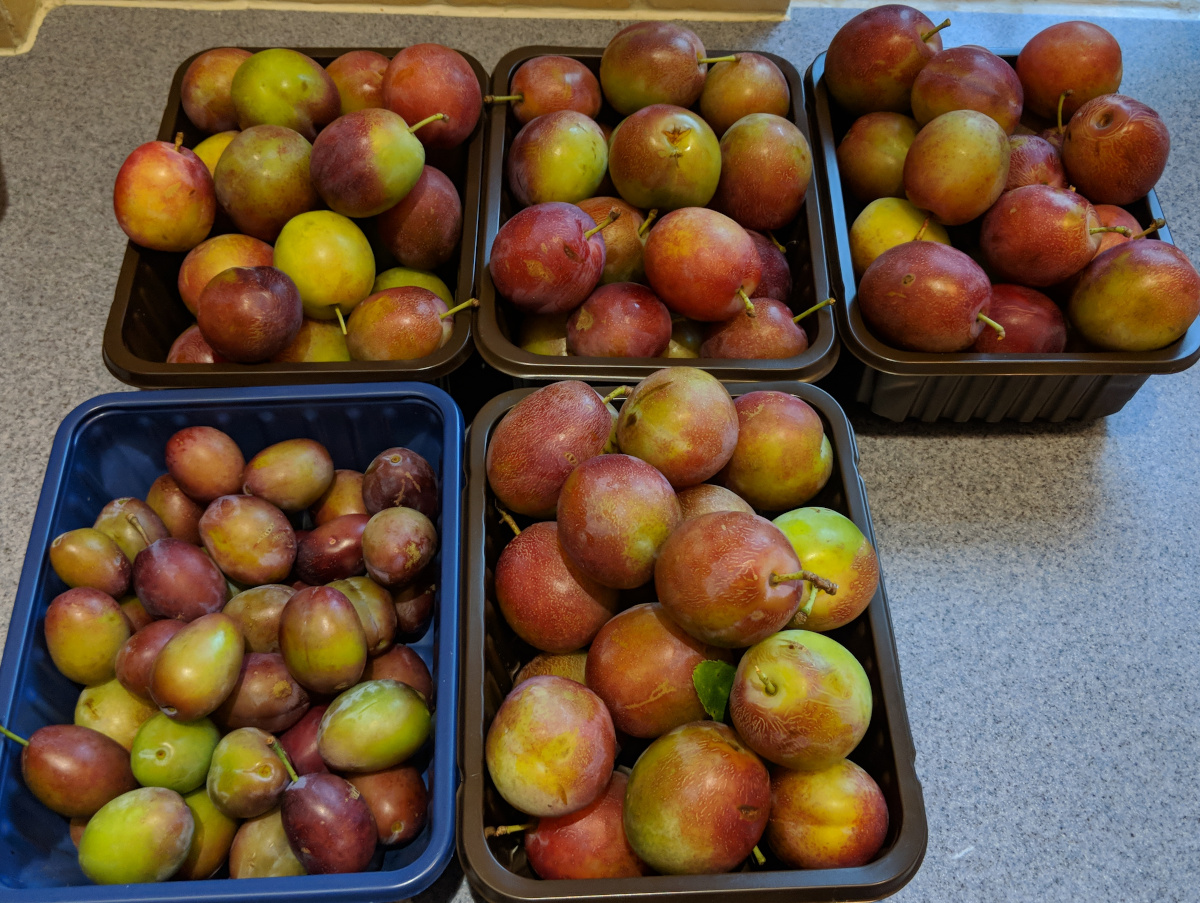When is foraging season?

Foraging is a natural behaviour that involves searching for food in the wild, however, the way foraging is done can vary depending on the season.
Foraging changes with the seasons in a number of ways. The types of plants and animals that are edible, as well as the best places to find them, vary depending on the time of year.
I have found that the best or most productive time of year for foraging is undoubtedly from late summer to early winter as this is when most fruits are ready for picking. Autumn or the fall sees the biggest range of wild foods available for the forager.
Additionally, the weather conditions can affect the availability of foraged food.
Here are some of the ways that foraging changes with the seasons:
- Types of plants and animals: The types of plants and animals that are edible change with the seasons. For example, in the spring, there are many edible greens available, while in the fall, there are many edible mushrooms available.
- Best places to find edible plants and animals: The best places to find edible plants and animals also change with the seasons. For example, in the spring, many edible plants can be found in meadows and fields, while in the fall, many edible mushrooms can be found in forests.
- Weather conditions: The weather conditions can affect the availability of foraged food. For example, if it is a dry winter, there may be fewer edible plants available, while if it is a wet spring, there may be more edible mushrooms available.
It is important to be aware of the changes in foraging with the seasons in order to find the best and most plentiful food.
In spring, food availability increases as plants begin to grow and bud. This period is also associated with animal migration and breeding, as many species take advantage of the abundant resources to raise their young.
In summer, animals have to deal with heat and drought, which can limit food availability and make water sources essential. Many insects also thrive during this season, providing a rich source of food for insectivorous animals.
In fall, animals prepare for winter by harvesting and storing food, or by migrating or hibernating to avoid the harsh conditions of winter.
Below: I always take my dog foraging with me.
Winter is a challenging season for foragers, as food availability is limited and animals must rely on adaptations such as hibernation or torpor to conserve energy.
Foraging strategies can also vary depending on the season. Generalist foragers can take advantage of a wide range of food sources but may also face higher risks of predation or competition. Specialist foragers, on the other hand, may have a narrower range of food sources but can more efficiently exploit them.
Foraging adaptations can include morphological and behavioural traits that allow animals to exploit specific food sources.
Humans have also engaged in foraging throughout history, and modern practices such as wildcrafting and ethical foraging continue to rely on the principles of sustainable resource use and conservation.
